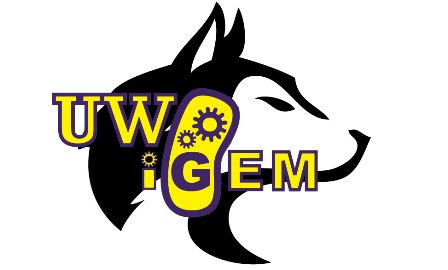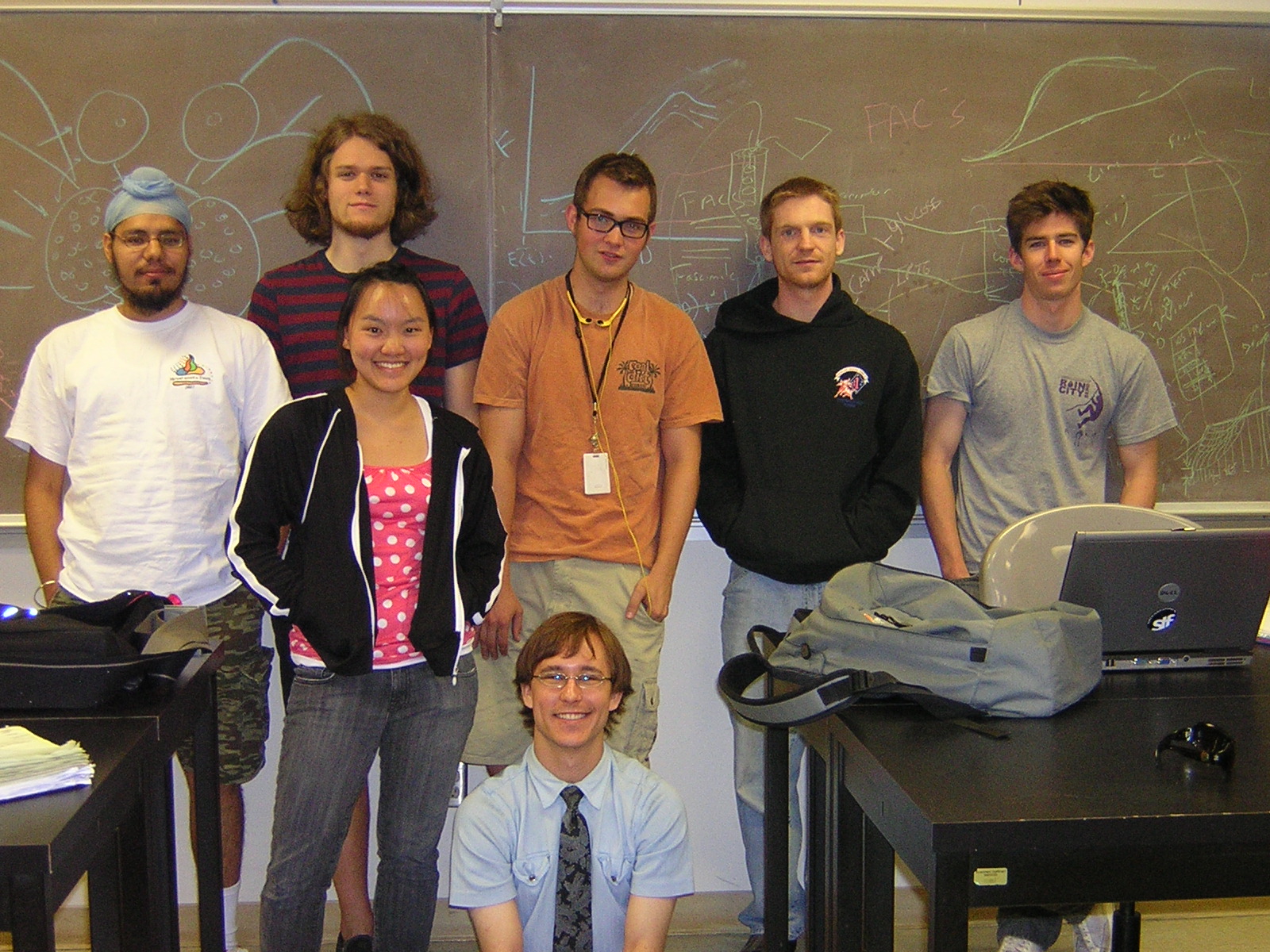Team:University of Washington
From 2008.igem.org
(→Abstract) |
|||
| Line 10: | Line 10: | ||
The conjugative plasmids transferred from ''E. coli'' to ''S. cervisiae'' will confer the ability for yeast to perform some adaptive function; in our case, it will be the ability to digest lactose. We will induce the production of conjugation machinery in ''E. coli'' under conditions where lactose is prevalent, glucose is minimal, and yeast proximity is sensed via a yeast-produced signaling molecule. The use of mutualistic interactions under conditions of selective pressure will assist in maintaining long-term functionality of genetic circuitry. Future directions for this project might include clinical gene delivery, more reliable transformation of other eukartyoes, and interacting multiple-organism systems. | The conjugative plasmids transferred from ''E. coli'' to ''S. cervisiae'' will confer the ability for yeast to perform some adaptive function; in our case, it will be the ability to digest lactose. We will induce the production of conjugation machinery in ''E. coli'' under conditions where lactose is prevalent, glucose is minimal, and yeast proximity is sensed via a yeast-produced signaling molecule. The use of mutualistic interactions under conditions of selective pressure will assist in maintaining long-term functionality of genetic circuitry. Future directions for this project might include clinical gene delivery, more reliable transformation of other eukartyoes, and interacting multiple-organism systems. | ||
| - | [[Image:UW Team.jpg|thumb|500px|center| | + | [[Image:UW Team.jpg|thumb|500px|center|'''Back row, left to right:''' Param, Jeff, Alec, Tyler, Bryan '''Front:''' Faifan, Scott ]] |
Revision as of 07:40, 25 July 2008
| Home | The Team | The Project | Parts Submitted to the Registry | Modeling | Notebook |
|---|
(Or you can choose different headings. But you must have a team page, a project page, and a notebook page.)
 "
"

